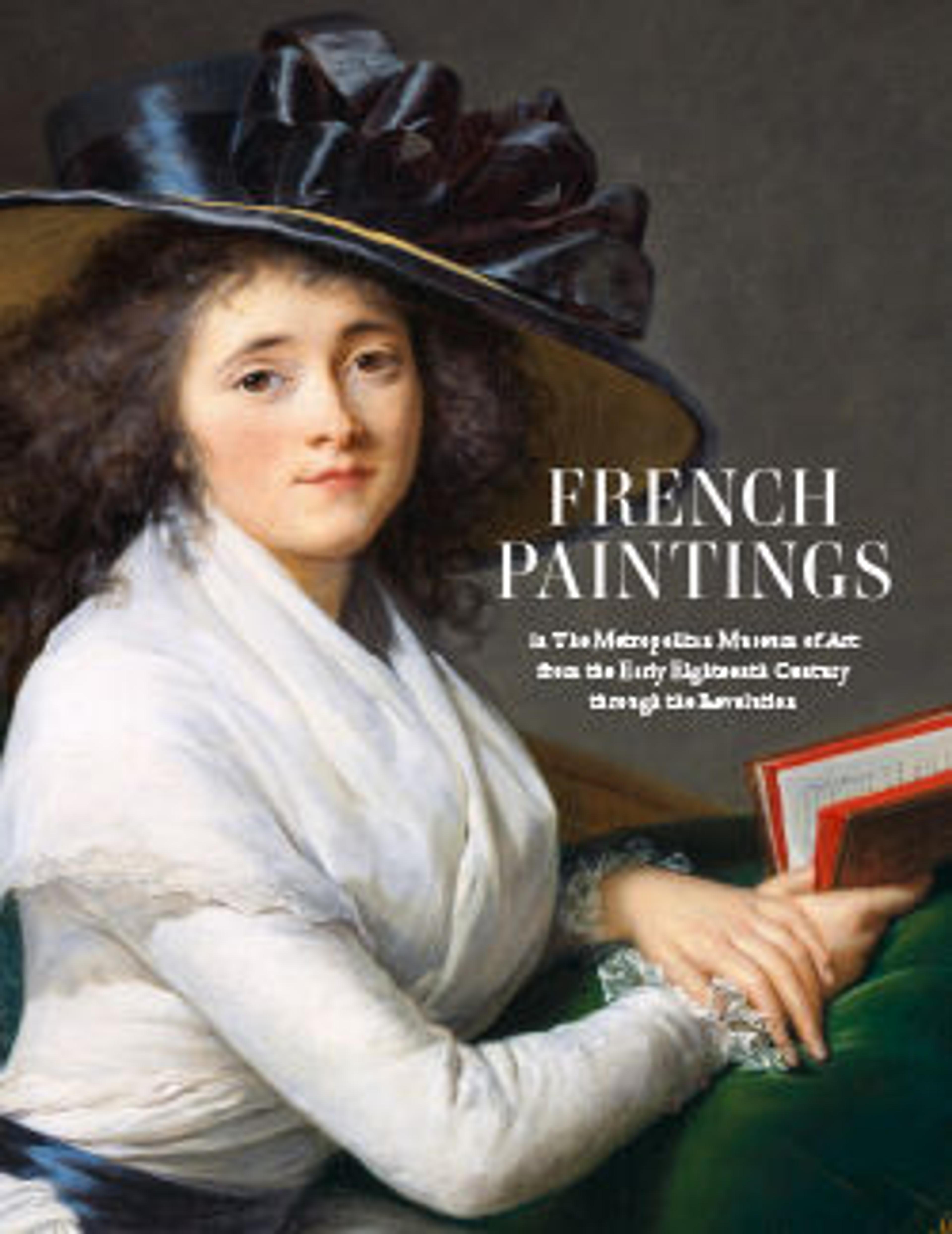André François Alloys de Theys d'Herculais (1692–1779)
This grand military portrait is a veritable catalogue of Largillierre’s exceptional skill in depicting diverse textures and materials: fur, feathers, velvet, metal, fallen powder, and deflated leather gloves. The armor appears in other portraits by Largillierre and may have been an artist’s prop. The sitter was involved in battles against Spain between 1718 and 1720 and the distant, medieval architecture is probably a fanciful allusion to that country. By the 1730s, a number of artists had developed an exoticized, picaresque vision of Spain based largely on the tale of Don Quixote.
Artwork Details
- Title: André François Alloys de Theys d'Herculais (1692–1779)
- Artist: Nicolas de Largillierre (or Largillière) (French, Paris 1656–1746 Paris)
- Date: 1727
- Medium: Oil on canvas
- Dimensions: 54 1/4 x 41 1/2 in. (137.8 x 105.4 cm)
- Classification: Paintings
- Credit Line: Gift of Mr. and Mrs. Charles Wrightsman, 1973
- Object Number: 1973.311.4
- Curatorial Department: European Paintings
More Artwork
Research Resources
The Met provides unparalleled resources for research and welcomes an international community of students and scholars. The Met's Open Access API is where creators and researchers can connect to the The Met collection. Open Access data and public domain images are available for unrestricted commercial and noncommercial use without permission or fee.
To request images under copyright and other restrictions, please use this Image Request form.
Feedback
We continue to research and examine historical and cultural context for objects in The Met collection. If you have comments or questions about this object record, please complete and submit this form. The Museum looks forward to receiving your comments.
